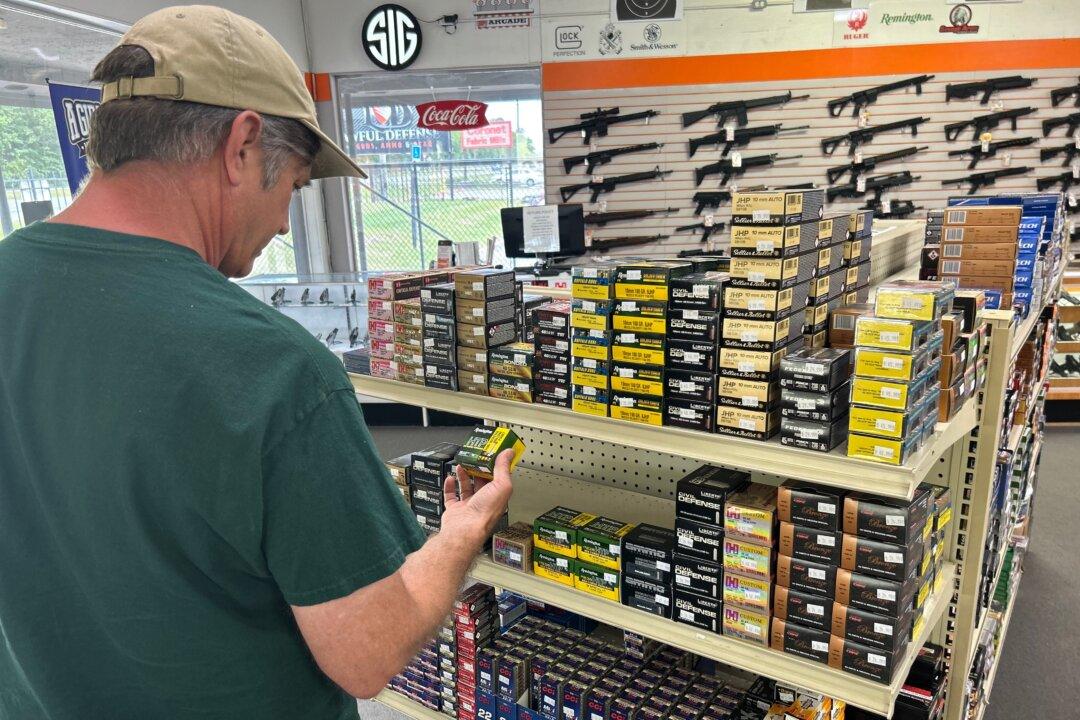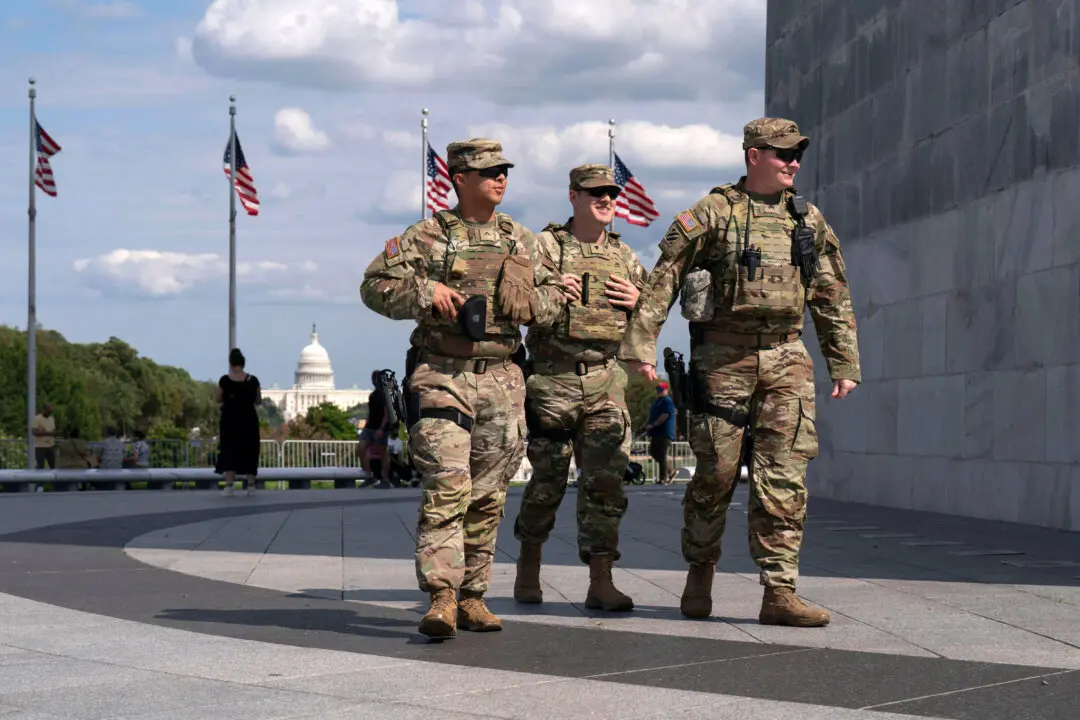Commentary
The New York Times ran an extensive and well-researched article by Ben Dooley on Nov. 12, starting on the front page and continuing through three inside pages, on the subject of labelled ammunition mainly supplied to the U.S. Defence Department from a large facility at Lake City, Missouri, but which has also turned up as the ammunition used by the killers in a number of notorious mass murders.





